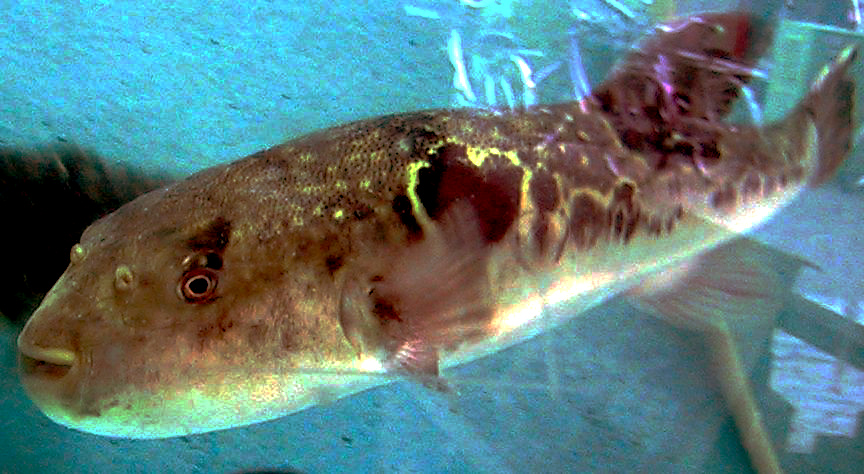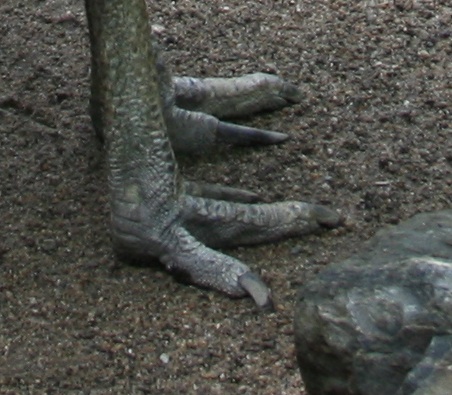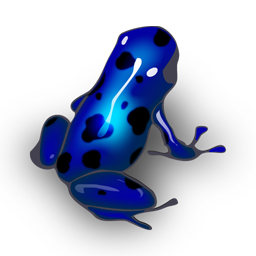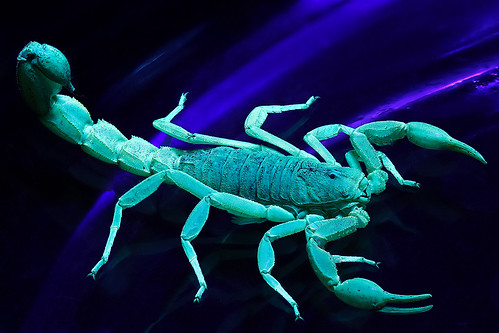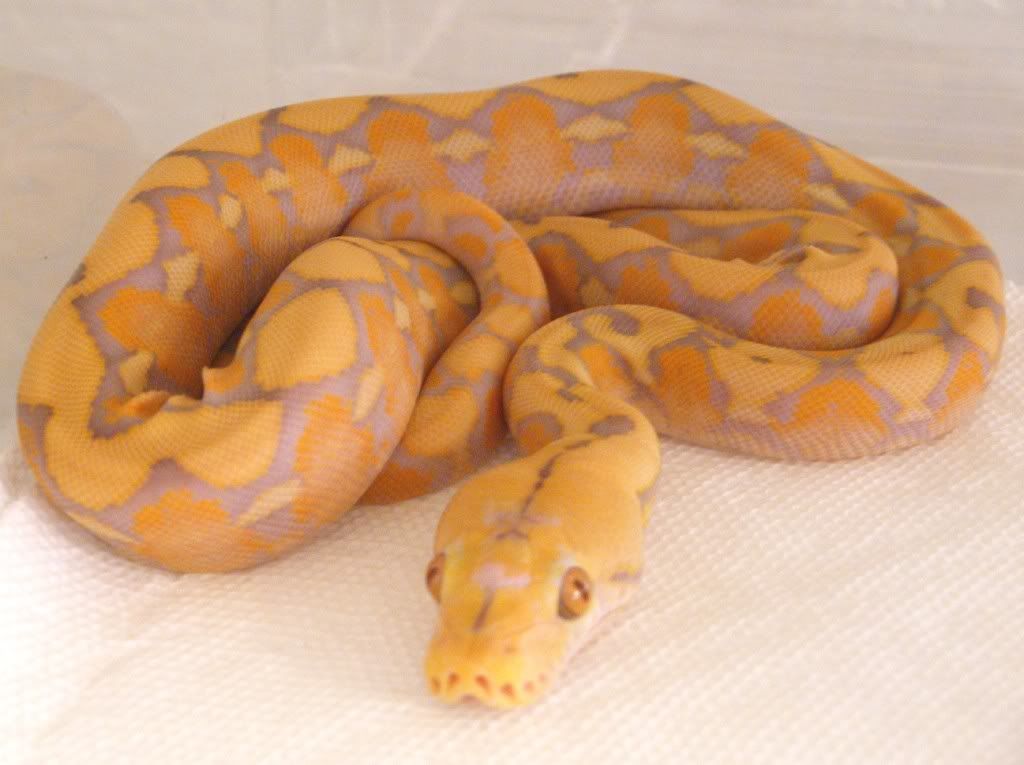Mice, although sometimes disease-ridden and shocking to find in one's house, are also cute. Seriously, if they aren't in your base, stealing your grain, they are fairly innocuous, quiet creatures that mean no harm to anyone. They need to feed their families too, after all.
So, suppose you would like to make a mousy monster for, say, a television series. How does one go about removing the cute and emphasizing that, wow, a rodent can chew someone out of house and home?
The first step is to remove the fur. Mammals and birds in general are very ugly creatures without fur or feathers. Sphinx cats are popular as the pets of Powers movie villain Doctor Evil, and any dog can become a hellhound as soon as you take off its fur. Hieronymous Bosch was particularly fond of using featherless baby birds as monsters because, let's face it: If a featherless chicken with a huge head started chasing after you, no matter how big the chicken was, you would think it was freaky.

One example of hairless dog, the Peruvian Inca Orchid. It just needs two more heads to guard the gates to the underworld.
The second step would be to show the teeth. Rodents have huge buckteeth that never stop growing. They need to constantly gnaw at things to keep them filed down, which grants the order its name (rodo = 'I gnaw' in Latin, which rodents certainly do).
Just for yet another hint of Hades, let's put them underground. That's a good reason to make them furless, too. It'll also give them less need for vision; as a certain Avatar review on YT pointed out, squinty eyes indicate something sinister about the individual, even if they are squinty for function. Humans are visual creatures; anything with dissimilar senses seems foreign, creepy and weird to us.
While we're at it, shall we add a hint of social insect colonial structure? You know, the social structure that X amount of movie aliens has?

Including THE Aliens.
Presto. You have just found the naked mole rat.

Naked mole rats (Heterocephalus glaber) live in the deserts of East Africa. You probably will not see them most of the time, however, as they live underground in complex burrows. Despite their hugeass teeth, they are herbivores. They also eat their own excrement, but let's not get into why certain animals do that. Let's also not get into 2Molerats1Cup.
As stated earlier, naked mole rats are one of the few eusocial mammals. That means that, like ants, termites, bees, and wasps, they have colonies with a single fertile queen rat, a few fertile males, and a class of sterile working females. Their burrows are more analogous to anthills than the domiciles of other mammals.
These little desert dwellers also have their teeth exposed. This aids in digging out their tunnels. Nature does not intend to freak us out, although some of you may be going "uhhh...really?" after seeing some of these creatures.
As if they were not good horror monsters based on aesthetics alone, naked mole rats also lack Substance P. Substance P is what makes most mammals, like us and other rodents, feel pain. The scientists conducting these studies were testing specifically for the type of pain caused by burning sensations and other lasting injuries. Regardless of exactly what kind of pain we are talking about, the idea that something could be, though not invulnerable, impervious to the sensation of pain makes for a good monster. Even wrist-cutters realize that, if you cannot feel pain, you can feel little else.

Bring it on!
On the plus side, they have the potential to solve all of mankind's longevity issues. These naked animals are the most long-lived of any rodent (around 30 years), and do not get cancer. Period. One of mankind's most-feared diseases is unheard of in this little monster.
One can easily picture a horror novel written about these guys: An innocent, well-meaning group of scientists experiment with naked mole rats in an attempt to isolate some of their awesomeness. The results? Use your imagination.
Or, alternatively, have a clip from the British television series Merlin:


